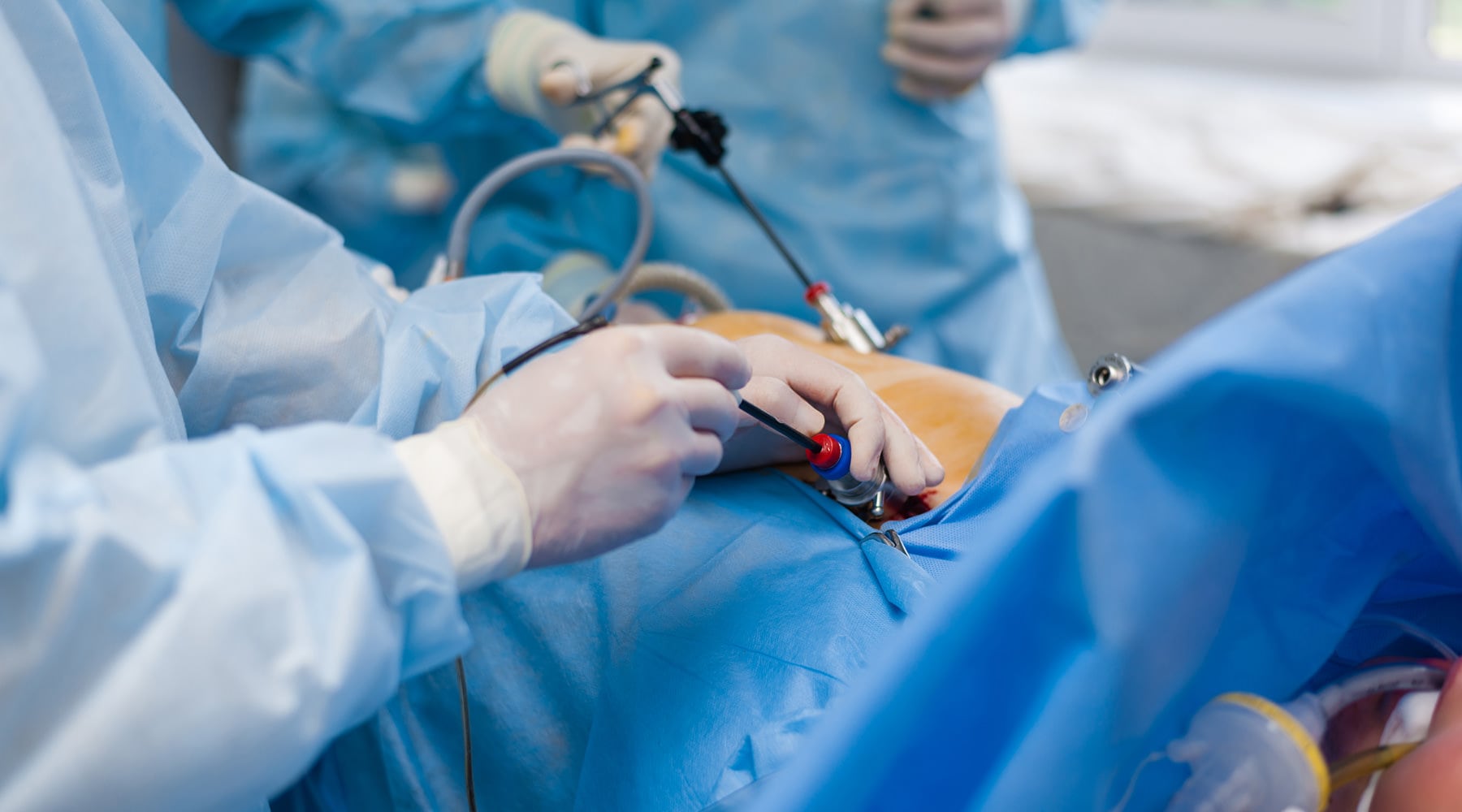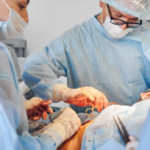Innovations in Laparoscopic Surgery: Emerging Technologies and Future Directions
Overview of Laparoscopic Surgery
Expert Laparoscopic surgery in Dombivli, also known as minimally invasive surgery or keyhole surgery, involves performing operations through small incisions using specialized instruments and a camera called a laparoscope. Compared to traditional open surgery, laparoscopic procedures offer numerous advantages, including reduced blood loss, shorter hospital stays, faster recovery, and decreased postoperative pain.
Current Technologies in Laparoscopy
The current state of Expert Laparoscopic surgery in Dombivli is characterized by the widespread adoption of high-definition imaging systems, advanced energy devices, and innovative instrument designs. High-definition cameras provide surgeons with clear and magnified views of the surgical field, enabling precise manipulation of tissues and organs. Energy devices such as electrosurgical instruments and ultrasonic dissectors allow for efficient cutting and coagulation, minimizing tissue damage and operative time.
Emerging Innovations in Laparoscopy
In recent years, several groundbreaking innovations have emerged in the field of Expert Laparoscopic surgery in Dombivli, poised to further enhance procedural outcomes and patient experiences. One of the most notable advancements is the integration of robotic-assisted surgical systems, which combine the precision of robotics with the dexterity of human hands. These systems enable surgeons to perform complex maneuvers with enhanced accuracy and control, leading to improved surgical outcomes and reduced complications.
Robotic-Assisted Surgical Systems
Robotic-assisted surgical systems, such as the da Vinci Surgical System, have revolutionized the field of Expert Laparoscopic surgery in Dombivli by offering several key advantages. These systems feature robotic arms equipped with miniaturized instruments and a high-definition 3D camera, providing surgeons with an immersive view of the surgical site. By translating the surgeon’s hand movements into precise micro-movements of the instruments, robotic systems enable greater dexterity and precision, particularly in confined spaces within the body.
Future Directions and Potential Impact
Looking ahead, the future of Expert Laparoscopic surgery in Dombivli holds immense promise, with ongoing research and development efforts focused on pushing the boundaries of innovation. Advancements in augmented reality (AR) and virtual reality (VR) technology are expected to revolutionize surgical training and planning, allowing surgeons to visualize patient anatomy in three dimensions and simulate procedures with unprecedented realism.
Furthermore, the integration of artificial intelligence (AI) and machine learning algorithms holds the potential to enhance surgical decision-making and workflow optimization. AI-powered systems can analyze vast amounts of patient data, identify patterns, and assist surgeons in making real-time adjustments during procedures, ultimately improving patient outcomes and safety.
Conclusion: Advancing Surgical Techniques
In conclusion, the field of Expert Laparoscopic surgery in Dombivli continues to evolve rapidly, driven by a relentless pursuit of innovation and excellence. Emerging technologies such as robotic-assisted surgical systems, augmented reality, and artificial intelligence are poised to revolutionize the way surgeries are performed, offering new possibilities for improved patient care and surgical outcomes.
As we embark on this exciting journey of technological advancement, it is imperative to remain mindful of the ethical implications and ensure that patient safety and well-being remain paramount. By harnessing the power of innovation and collaboration, we can usher in a new era of surgical excellence, where precision, efficiency, and compassion converge to redefine the standards of healthcare delivery.

 Previous Post
Previous Post Next Post
Next Post